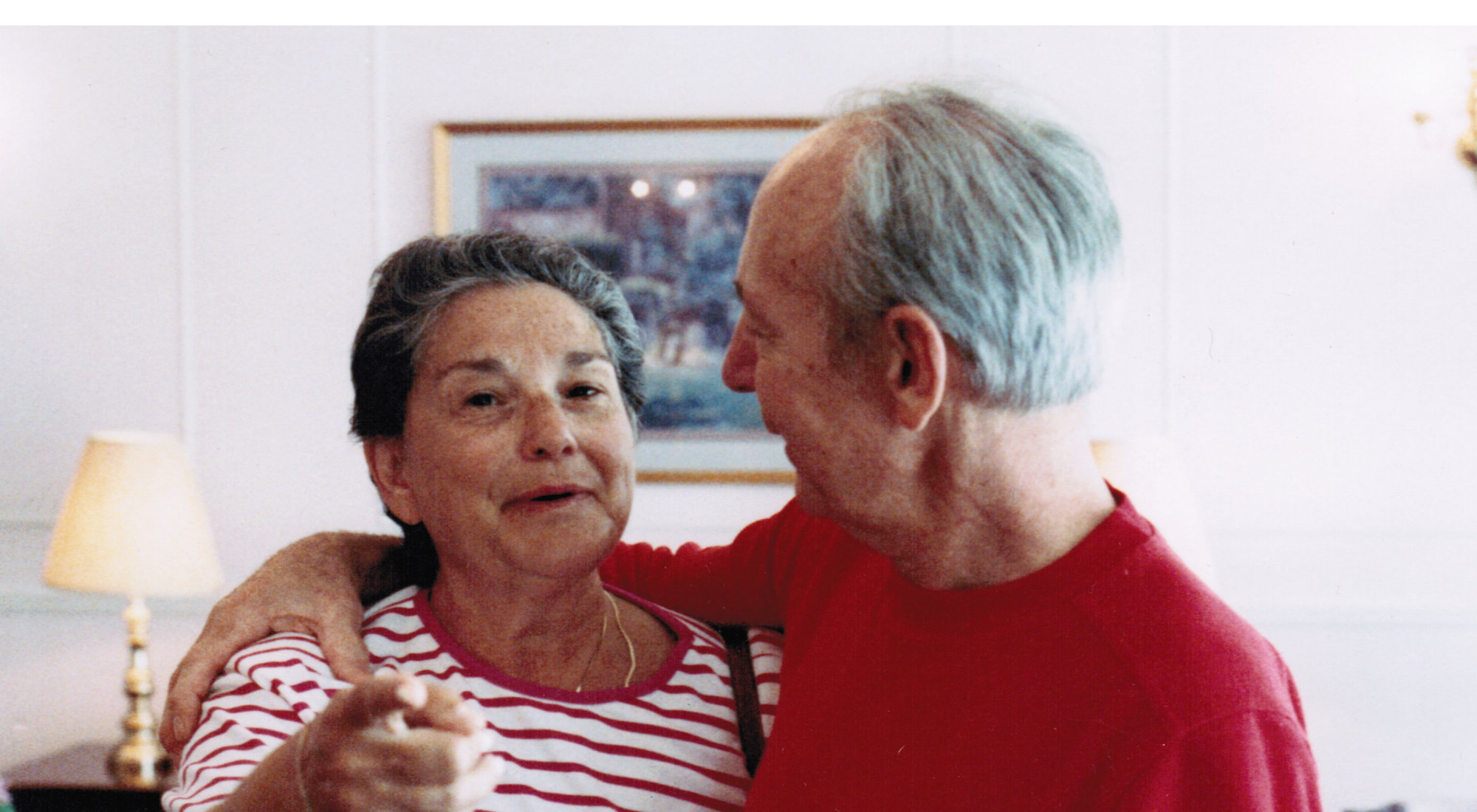Understaffed and Neglected: How Real Estate Investors Reshaped Assisted Living is an investigative report in the Washington Post that details some of the awful consequences which can result from a profit-centered operating model for assisted care facilities. When real estate investment vehicles compete with and control the facilities’ management/operations budgets, funds can be siphoned away from patient care and instead directed to investors at a rate that prevents the delivery of promised care to residents. It is a frightening exposé.
This is one of the reasons that The Montessori Alzheimer’s Project maintains its focus on guiding families in using Montessori methods to allow caregivers to continue to support their loved ones at home, with safety, dignity and surrounded by love. The longer your loved one can stay at home, the longer they are insulated from many of the perils in profit-driven care facilities.
If you have implemented our recommendations, you may have found that you’ve been able to keep your loved one at home with you in a much better situation, for both of you. This is not to say that, at a certain point, it is likely that you may need to move your loved one to a facility. It is our view that the further down the road this has to take place, the better.
Not all facilities are operated in ways that prioritize distributable profit over care. Care facilities and their staff that are resident-centered may be found everywhere. However, articles such as this Washington Post piece remind us of the critical importance of informed care facility selection. The article also serves to emphasize the need to remain vigilant once our loved one becomes a resident there.
When selecting a care facility, pay close attention to staffing, turnover rates of staffing, and do not be misled by pretty exterior designs and attractive slogans. Remember that it is the facility’s lowest paid staff members who are the people who provide the majority of the hands-on care that your loved one needs. Look to see how personal care assistants, the maintenance staff and everyone else not in the marketing or medication side of the facility look and behave. Observe the quality, respect, and compassion, or lack thereof, expressed through their interactions with the residents.
Keep in mind also that if management/ownership demands are overwhelming for the facility’s staff, then there is no way for them to provide the warmth and close attention that your loved one needs.
Once your loved one has moved into the facility that you have chosen, maintain your vigilance along these lines. Use your access to the facility to see its day-to-day operations. This enables you to look even more closely at the quality and consistency of care that your loved one, and other residents, are receiving.
The Montessori Alzheimer’s Project provides information you need to make life at home as workable as possible and to make any needed transition as safe as possible. This information better prepares you to better interact with the facility and its staff. You know what has worked for your loved one, and why. This can and should be shared with those then responsible for day-to-day care.

